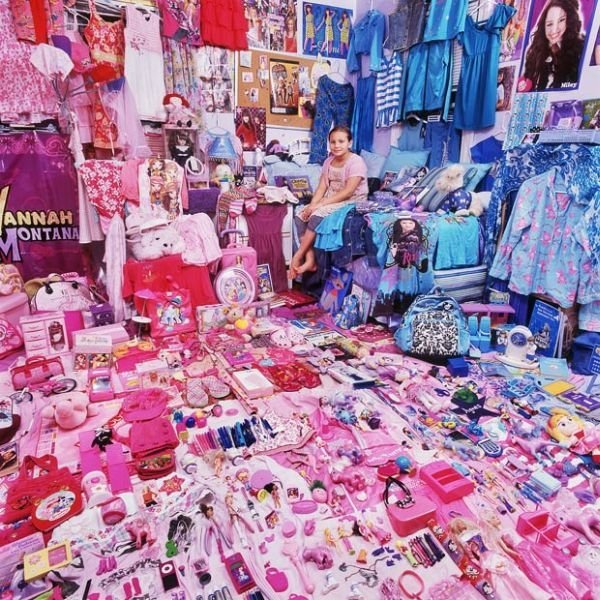|
|
The Pink And Blue Project By JeongMee Yoon
|
Pink was once a color associated with masculinity, considered to be a watered down red and held the power associated with that color. In 1914, The Sunday Sentinel, an American newspaper, advised mothers to “use pink for the boy and blue for the girl, if you are a follower of convention.” The change to pink for girls and blue for boys happened in America and elsewhere only after World War II. As modern society entered twentieth century political correctness, the concept of gender equality emerged and, as a result, reversed the perspective on the colors associated with each gender as well as the superficial connections that attached to them . Today, with the effects of advertising on consumer preferences, these color customs are a worldwide standard.
The saccharine, confectionary pink objects that fill my images of little girls and their accessories reveal a pervasive and culturally manipulated expression of femininity” and a desire to be seen. To make these images, I arrange and display the cotton – candy colored belongings of several children in their rooms. When I began producing the pink images, I became aware of the fact that many boys have a lot of blue possessions. Customers are directed to buy blue items for boys and pink for girls. In the case of my eleven-year-old son, even though he does not seem to particularly like the color blue over other colors, whenever we shop for his clothes, the clothes he chooses are from the many-hued blue selection. The clothes and toy sections for children are already divided into pinks for girls and blues for boys. Their accessories and toys follow suit.
|
|









